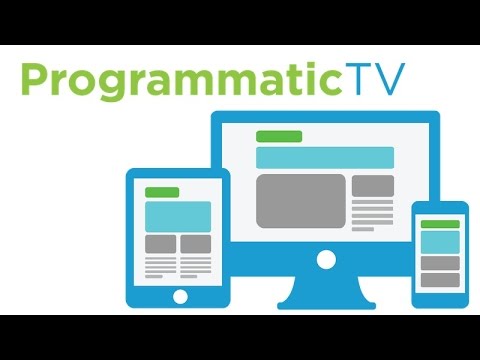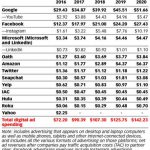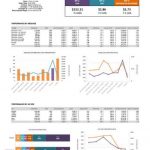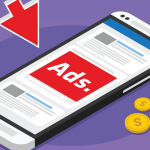Programmatic TV Ad Buying Will Never Work
by Ari Rosenberg, Featured Contributor, December 8, 2016
This post was previously published in an earlier edition of Online Publishing Insider.

First, let’s define “work” in the context of old-media publishers and how buyers agreed to define it.
Pre-new media, the definition of a “publisher working” was primarily defined by how many people consumed the content a publisher produced in any media, and the depth of this consumption.
Under this definition, publishers knew that if they invested in doing their job well, they would earn more ad dollars. Ad content would also be held to this same working definition: Did the ad creative earn consumer attention, and to what depth?
The beauty of this old-media definition of working was the proper alignment of incentives. Whether you were a publisher or an advertiser, investing in better content produced deeper connections with consumers. As a result, publishers made more money, and advertisers felt better about spending it.
When new-media publishers arrived, driven by the frenzy of venture capital dollars, these publishers agreed to deliver unrealistic ad revenue goals despite having no established record of “working.”
When these new-media publishers started making sales calls, they learned quickly that while they had a large number of total audience members, the depth of their consumer connection did not compare well to old media. The old-media definition of a publisher working placed new-media publishers at the end of the ad dollars line.
This was a problem, because invites to their IPO parties had already gone out, so new-media publishers had to figure out a way to cut the line.
They did so by agreeing to a new definition of “working” that new-media buyers rewrote for them. Publishers “working” was no longer defined by the depth of the consumer attention their content earned — but rather, how quickly a publisher could transfer this consumer attention to an advertisers’ Web site. New-media publishers were desperate to grow revenue quicker than they could earn it the old way, so they agreed to this new definition of media value, and ad dollars started to flow their way.
This was a brilliant move by new-media buyers, who now could easily drive down prices by comparing how their ad creative worked from one publisher to another, while ridding themselves of the burden of investing further in creating ads that worked. As long as prices dropped, their ad creative would “work better.”
This new “working” definition, however, created a misalignment of incentives.
Publishers were now incented to produce content “just good enough” to borrow consumers’ attention long enough to flip it instead of owning it. Ehow.com was a perfect example of this new paradigm. Ehow.com built its whole business on having consumers visit its site just long enough to transfer them elsewhere via search ads run on the site. So Ehow.com could collect its Google Ad Sense toll, and users had to travel further to get what they were looking for.
The key misstep for new-media publishers was not using the ability to track consumer actions with their own content to prove they were “working.” This would have kept incentives aligned so that consumers were treated to ever-improving content from both publishers and advertisers.
Instead, we have what we have today.
Programmatic is billed as media’s future, but don’t be fooled. It’s not about automation. It’s not about giving TV networks and cable stations more insight on their audience to help them sell more advertising. It’s not about attaching data to increase the value of ads sold during low sell-through time slots.
Programmatic is all about ad buys based purely on audience targeting. By default, content value is eliminated, and the new-media definition of a publisher “working” gets further entrenched.
TV executives, however, are not desperate. They stand today where they have always stood: at the front of the ad dollars line, with ad scarcity and highly produced content in their pockets. They casually look back over their shoulders at the other media behind them. Their smiles say, “Settle in, folks, we are going to be here a while.”
Programmatic ad buys, by definition of how they are working, will always drive prices down and decrease overall spending. TV executives will pay programmatic lip service to sound like they are evolving technologically, but they are not going to open the door to their inventory wide enough for programmatic to work. Nor should they.
MediaPost.com: Search Marketing Daily
(11)












